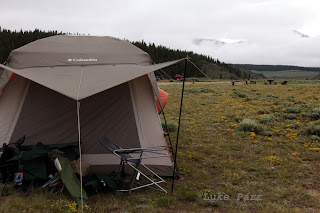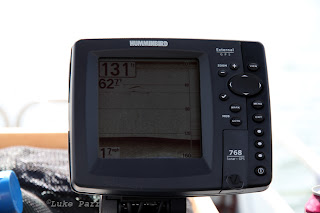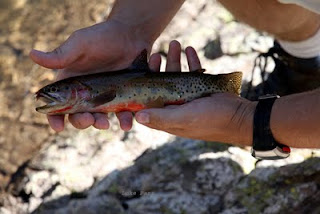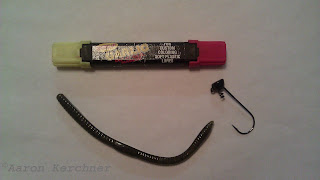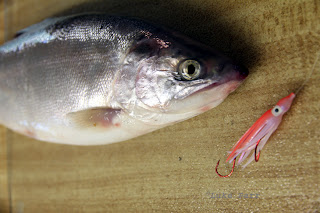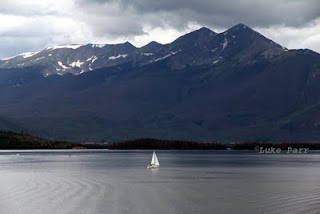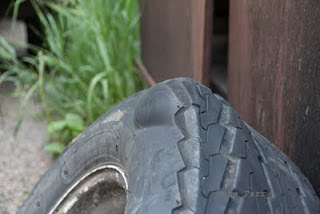Search This Blog
Hiking, Backpacking, Fishing, Geocaching and Photography in the Rocky Mountains and beyond.
Posts
Showing posts from August, 2011
Columbia Cougar Flats II Tent Review
- Get link
- Other Apps
Fly Fishing in Rocky Mountain National Park
- Get link
- Other Apps
Aaron Kerchner On His NoMo Tournament Win
- Get link
- Other Apps
Green Mountain Reservoir And The Humminbird 768
- Get link
- Other Apps
